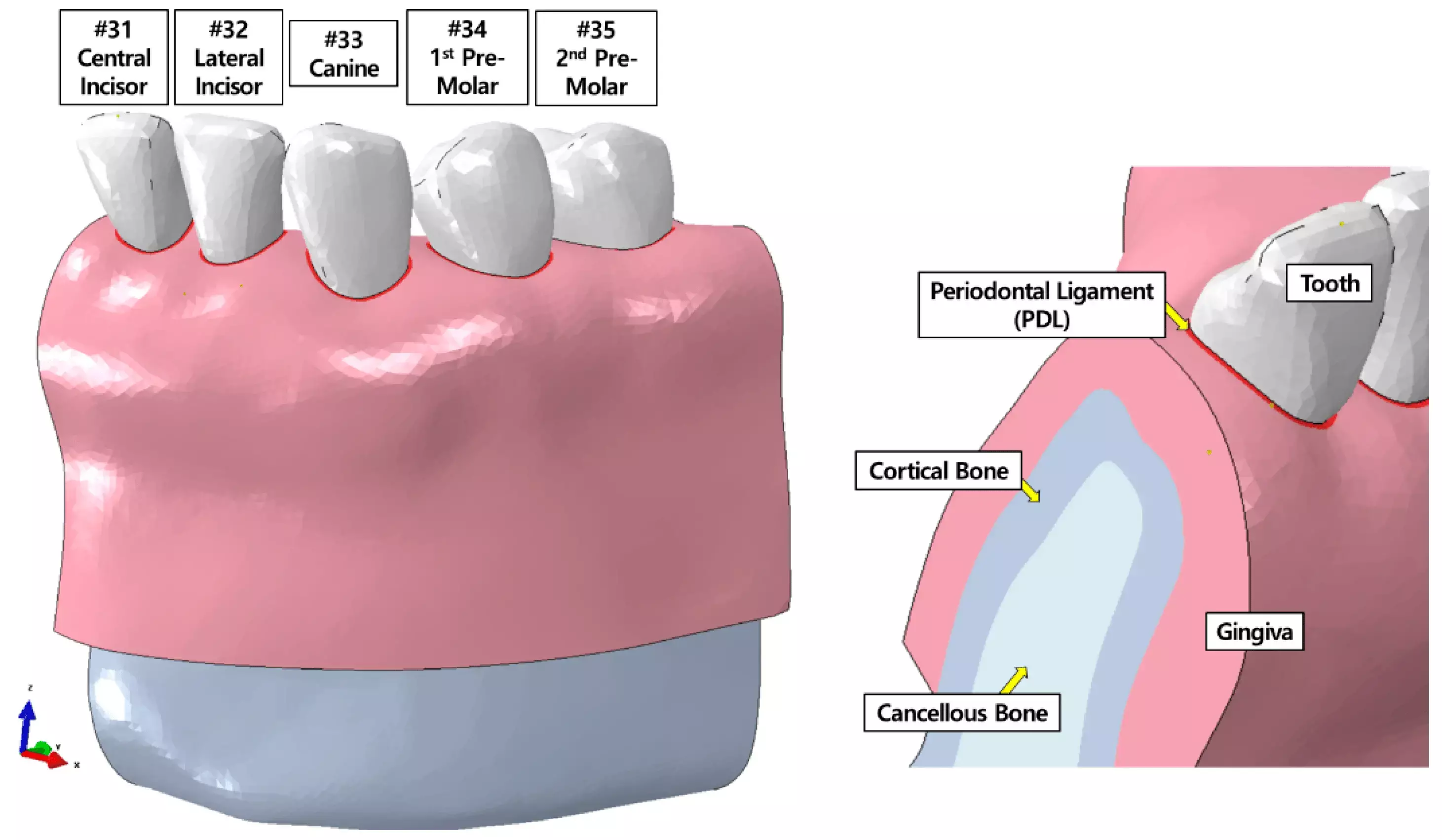- Home
- Medical news & Guidelines
- Anesthesiology
- Cardiology and CTVS
- Critical Care
- Dentistry
- Dermatology
- Diabetes and Endocrinology
- ENT
- Gastroenterology
- Medicine
- Nephrology
- Neurology
- Obstretics-Gynaecology
- Oncology
- Ophthalmology
- Orthopaedics
- Pediatrics-Neonatology
- Psychiatry
- Pulmonology
- Radiology
- Surgery
- Urology
- Laboratory Medicine
- Diet
- Nursing
- Paramedical
- Physiotherapy
- Health news
- Fact Check
- Bone Health Fact Check
- Brain Health Fact Check
- Cancer Related Fact Check
- Child Care Fact Check
- Dental and oral health fact check
- Diabetes and metabolic health fact check
- Diet and Nutrition Fact Check
- Eye and ENT Care Fact Check
- Fitness fact check
- Gut health fact check
- Heart health fact check
- Kidney health fact check
- Medical education fact check
- Men's health fact check
- Respiratory fact check
- Skin and hair care fact check
- Vaccine and Immunization fact check
- Women's health fact check
- AYUSH
- State News
- Andaman and Nicobar Islands
- Andhra Pradesh
- Arunachal Pradesh
- Assam
- Bihar
- Chandigarh
- Chattisgarh
- Dadra and Nagar Haveli
- Daman and Diu
- Delhi
- Goa
- Gujarat
- Haryana
- Himachal Pradesh
- Jammu & Kashmir
- Jharkhand
- Karnataka
- Kerala
- Ladakh
- Lakshadweep
- Madhya Pradesh
- Maharashtra
- Manipur
- Meghalaya
- Mizoram
- Nagaland
- Odisha
- Puducherry
- Punjab
- Rajasthan
- Sikkim
- Tamil Nadu
- Telangana
- Tripura
- Uttar Pradesh
- Uttrakhand
- West Bengal
- Medical Education
- Industry
Fixed orthodontic appliances trigger more gingival changes than clear aligners: Study

A new study published in the Journal of Dentistry suggests that fixed orthodontic appliances trigger more gingival changes than clear aligners.
The aim of this study was to evaluate gingival tissue adaption induced by orthodontic tooth movement, in terms of clinical crown height (i.e., attachment loss), and thickness of the keratinized gingiva at the margin level. Pre- and post-treatment intraoral models/scans of 100 orthodontically treated patients (50 treated with clear aligners and 50 treated with fixed appliance) were acquired. Models were digitally scanned.
Each couple of pre- and post-treatment scans were superimposed using the Compare© software (Medit spa, Seoul, Republic of Korea) taking the same reference landmarks in all cases, that were the palatal rugae for the upper arch, and the labial median frenulum for the lower arch. Only teeth that had undergone vestibulo-palatal (or vice versa) movement, greater than 1 mm were included in the analyses. The change from pre-treatment to post-treatment, in the clinical crown height and thickness of the keratinized gingiva at the margin level were digitally measured and compared between the two groups. Statistical analysis included paired t-tests, and unpaired t-tests with significance set at p<0.05.
Results: There was a statistically significant change in clinical crown height and gingival thickness in both groups. However, a clinically relevant attachment loss was found only within the fixed appliance group. Whereas, regarding the change in gingival thickness, there was no clinically relevant changes between the two groups. Orthodontic tooth movement with fixed appliance is associated to a clinically relevant attachment loss. Clear aligners seem to be associated with a more discrete attachment loss than the one observed with fixed appliances. Orthodontists should pay attention and monitoring the clinical crown height (i.e., attachment loss) during orthodontic movement, mostly when using fixed appliances.
Reference:
Miryam Romito, Alessandro Nota, Francesco Ferrini, Giacomo Dal Porto, Francesco Mangano, Simona Tecco. Dimensional changes of the gingival tissues induced by clear aligners and fixed orthodontic appliances: A retrospective study. Journal of Dentistry,-2024, 105335, ISSN 0300-5712, https://doi.org/10.1016/j.jdent.2024.105335.(https://www.sciencedirect.com/science/article/pii/S0300571224005049)
Dr. Shravani Dali has completed her BDS from Pravara institute of medical sciences, loni. Following which she extensively worked in the healthcare sector for 2+ years. She has been actively involved in writing blogs in field of health and wellness. Currently she is pursuing her Masters of public health-health administration from Tata institute of social sciences. She can be contacted at editorial@medicaldialogues.in.
Dr Kamal Kant Kohli-MBBS, DTCD- a chest specialist with more than 30 years of practice and a flair for writing clinical articles, Dr Kamal Kant Kohli joined Medical Dialogues as a Chief Editor of Medical News. Besides writing articles, as an editor, he proofreads and verifies all the medical content published on Medical Dialogues including those coming from journals, studies,medical conferences,guidelines etc. Email: drkohli@medicaldialogues.in. Contact no. 011-43720751


